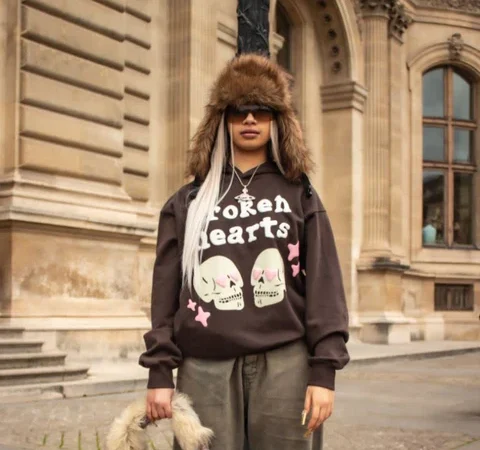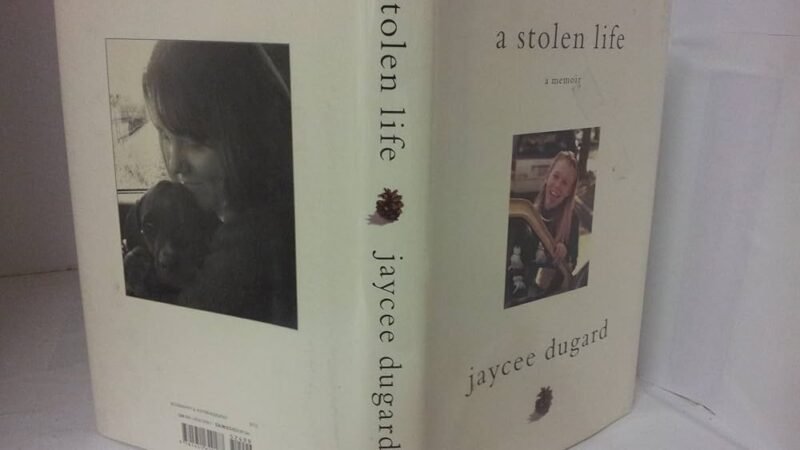Expose for the Ambient
Good indoor photographs are captured by adjusting the exposure to capture the ambient light of the event space. The light I use for my flash should be one-stop brighter than the ambient light, so the subject is the most prominent part of the frame. I adjust my ISO, shutter speed, and aperture to preserve the ambient light, a feature in which the couple often invests a lot of money, and to convey the mood of the venue. Colors such as blues and purples are most frequently used as up lights and they complement human skin tones. To avoid flashes going into hyper sync mode, or fast writing, I always set the shutter speed to under this speed sync. During the dances, I also try to keep my shutter speed above 1/60s to avoid motion blur.
Set Your Flash to Second Curtain Sync
We use second curtain sync to capture the maximum amount of ambient light while still freezing motion at slower shutter speeds. You can even drag the shutter for more artistic effects at 1/15th of a second so you can shoot at shutter speeds as low as 1/60 of a second. Taking the shutter down by dragging it becomes an art in and of itself, so I suggest you practice it at home before attempting it at an event. Do yourself a favor and don’t try to drag the shutter at key moment of the day until you are comfortable with the technique. Your clients will be less than impressed if you miss some key shots. Additionally, the after-dinner party is the perfect time to experiment with new lighting techniques.
Add Flash to Taste
We will only discuss the main light in this article since I generally use one to three speed lights when shooting indoors. A wedding photographer, when I first started working, I used E-TTL until I got burned during a grand entrance of the bride and groom. A strong light was coming from the outside, so my flash did not trigger because the meter estimated the scene required no additional light. It actually turned my subjects into silhouettes, but I was fortunate that my second shooter was using their flash in manual mode, which saved the day. Following that life altering experience, I only use flash on manual mode, barring situations when I wouldn’t have the chance to take a test shot to adjust the flash power.
Gel Your Flashes
If I am shooting indoors, I usually set the white balance to tungsten / incandescent / 3200 K in order to capture the colors of the chandeliers and light fixtures. This is typically skipped by photographers, either because they don’t know any better or because they’re too lazy to gel their flashes. It will look muddy when you do that, since bride’s dress and people’s skin tones will be muddy.
Follow the subject’s gaze with the Flash
The rule is referred to in Lahore wedding photography as “follow the nose”. As a result, your flash should be bounced towards the direction your subject is turning. The flash should be bounced 45 degrees to the left and 45 degrees up if your subject is looking camera left. A soft box formation is created by transforming the ceiling into a soft box. Furthermore, the rule requires you to use narrow lighting or short lighting when shooting from the short side of your face. Consider moving the flash behind you when photographing large groups. You will get a very soft light, essential for photography.
Practice and then Practice Some More
There was a seminar I attended recently with one of the top wedding photographers in Lahore, who was talking about flash light usage. Beginning photographers may find it difficult to comprehend how to blend two exposures. The moment I realized that concept, I was enlightened. Since most newbie photographers do not use flash, they are called ‘natural light photographers’; although I always prefer natural light, I must admit that most of my receptions take place indoors and the ambient light very often is insufficient or lacks direction, or both.
When attending a wedding, couples tend to favor romantic atmospheres, including the first dance. As a result, the scene has extremely low contrast, making it very difficult for the camera to focus.





Recent Comments